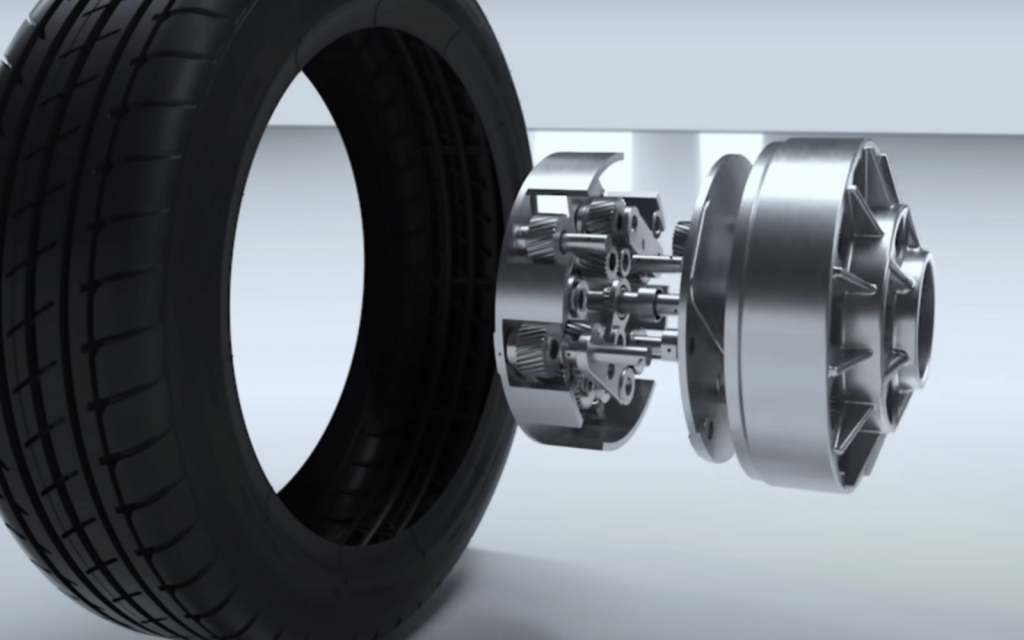EVs have plenty to love, especially if you’re a fan of acceleration, but you only need to take a look inside the typical EV boot to see some of the design limitations. EV batteries and motors tend to take up way more space than an internal combustion engine. Hyundai and Kia have come up with the Uni Wheel concept, which they calls a universal wheel drive system, that might just help with that.
Most folks are at least basically familiar with motor vehicle suspension design. Wheels are mounted away from the central body of the vehicle, with a system of springs absorbing the shock. This design means that the engine is mounted in the main body. When you’re designing an EV, that needs loads of battery space, it would make more sense to mount the motors inside the wheels. Only, this design tends to transmit shock through the entire vehicle body.
Hyundai’s universal joint
The Hyundai/Kia Uni Wheel design claims to avoid this issue by combining four small motors (one for each wheel) with each wheel’s CV joint, drive shaft, and reducer and then sticking them into the wheel where you’d expect to find the disc/drum brakes. The design allows the motors to drive the wheels but a clever gearing system allows it to continue to do so when the wheel is being displaced by a shock on the road.
Translation? Powered wheels that save space in the main body for bigger batteries or more legroom that still allow for functioning shock absorbers. But Hyundai’s Uni Wheel design is, for the moment, still a concept so don’t expect to see it in an EV soon.
The video above describes how traditional suspension works and also gives an overview of Uni Wheel. There’s just one aspect that we’d be a little hesitant about. A complex engine built into the wheel well might be fine from a design perspective but what about the bill if you happen to hit a pothole (of which South Africa has an extensive collection) hard enough? Still, if you’re driving an EV, you’re probably able to afford the replacement.




